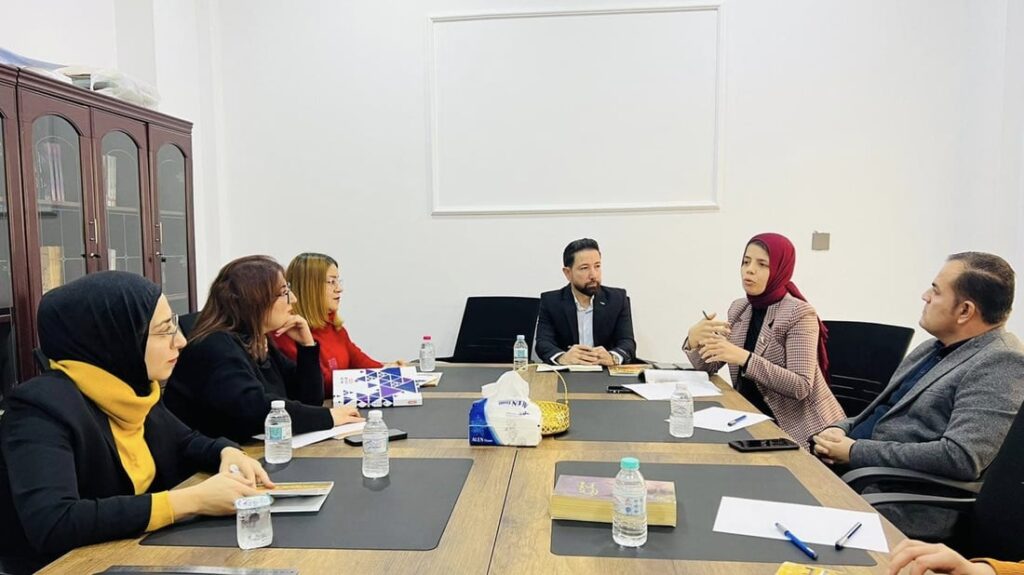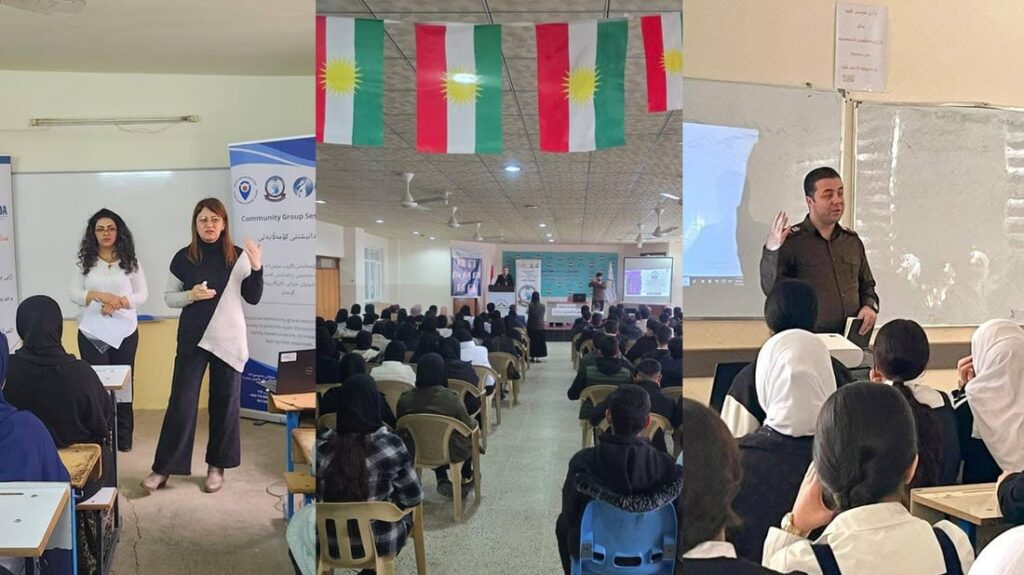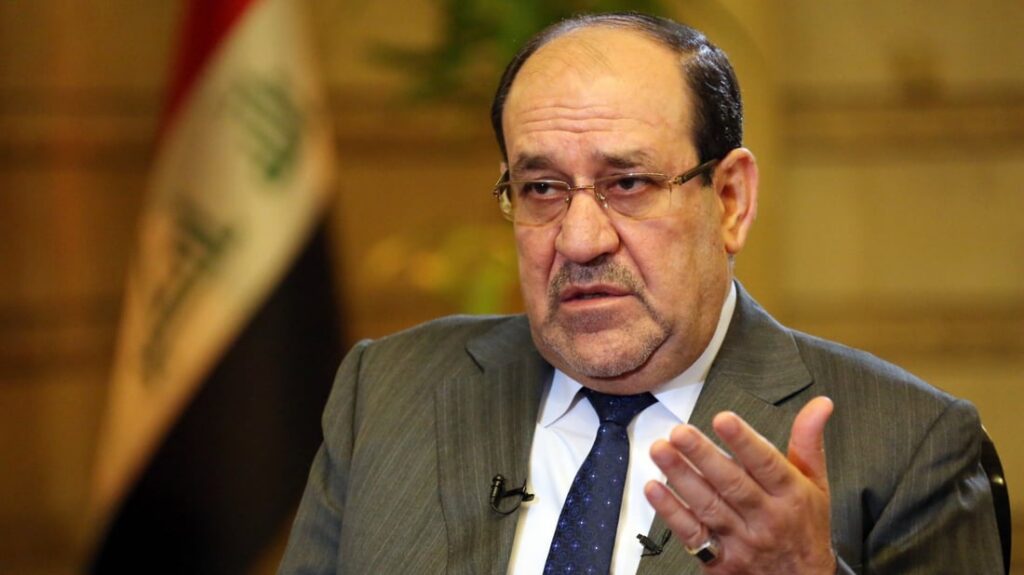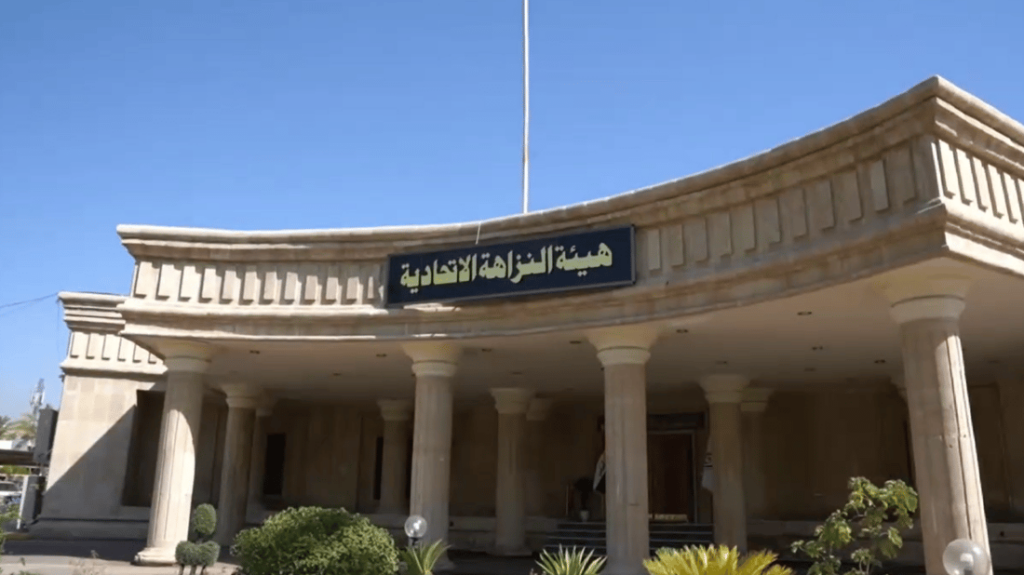Iraq: Iraq: Teargas Cartridges Killing Protesters

Total Security Force Killings Since Protests Resumed at Over 100
(Beirut) – Security forces have fired teargas cartridges directly at protesters in Baghdad, Iraq on numerous occasions since protests resumed on October 25, 2019, killing at least 16, Human Rights Watch said today. The dead are among the large number of protesters Iraqi forces have killed since daily protests began in Baghdad and in other cities in southern Iraq against corruption and for better public services, among other demands.
According to a November 5 United Nations Assistance Mission in Iraq (UNAMI) report, the nationwide death toll from October 25 through November 4 reached at least 97. The Iraqi High Commission for Human Rights (IHCHR) tallied at least 105 dead and 5,655 injured during that same period. From November 5 to 6, Reuters reported that security forces had killed at least six more protesters.
“The high death toll includes people who took direct hits to the head from teargas cartridges, in numbers that suggest a gruesome pattern rather than isolated accidents,” said Sarah Leah Whitson, Middle East director at Human Rights Watch. “With the death toll now at over 100, all of Iraq’s global partners should be unequivocal in their condemnation.”
From October 25 to November 2, security forces’ use of force in Baghdad alone led to the deaths of at least 64 people, sources monitoring the death toll in Baghdad said. Human Rights Watch interviewed 24 people who have participated in protests in Baghdad, Basra, Karbala, Maysan, Nasriya and Basra. The names of many sources cited in this report are being withheld because they spoke on condition of anonymity, citing a fear of reprisal.
Through interviews, researchers’ visits to Tahrir Square, and the review of over a dozen video clips filmed by media outlets, Human Rights Watch has received information about at least 12 deaths in Baghdad caused by teargas cartridges hitting people in the head. The UNAMI report put the death toll from teargas cartridges penetrating upper bodies at at least 16.
Human Rights Watch has also documented internet slowdowns and social media and other media blockages and shutdowns since the protests began.
Human Rights Watch analyzed Reuters footage taken on October 27 and 29, which it corroborated with witness interviews. The footage shows security forces on Jumhuriya Bridge firing into the crowds at the foot of the bridge, which opens onto Tahrir Square. The October 27 clip shows one officer to the right firing teargas cartridges in an upward trajectory while on the left another officer is firing in a flat trajectory at crowds of protesters less than 100 meters away.
An analyst at the Omega Research Foundation, an independent research group focusing on the manufacture, trade, and use of military, security, and police equipment, reviewed this clip for Human Rights Watch and said that:
The man on the left is likely to be aiming directly at the people he is targeting. This carries a high risk of causing serious injury or death if teargas cartridges are being fired. In the second clip [taken on October 29], both people who are using launchers are firing on a flat trajectory. Again, this is an inappropriate and highly dangerous use of teargas cartridges.
The contrast in firing techniques raises the question of whether some forces are operating side-by-side under different orders, whether they all have orders to disperse the crowds in any way they see fit, or whether forces are disregarding their orders, Human Rights Watch said.
While relying increasingly on teargas in Baghdad, security forces are continuing to use live ammunition. Between November 4 and 6, live ammunition killed at least 14 more protesters in Baghdad, according to Reuters. Human Rights Watch reviewed three videos identifiably shot at Jumhuriya Bridge, and shared via social media between October 25 and November 5, showing dead protesters with wounds to the head that do not appear to have been caused by teargas cartridges.
Allegations of excessive force outside of Baghdad also continue, particularly in Karbala, with witnesses, UNAMI, and media reports all saying that security forces killed at least 17 protesters between October 28 and November 3.
Since the protests began, senior government officials have forbidden medical staff from sharing information on the dead and injured with any sources outside the Health Ministry, and the ministry has been releasing minimal and incomplete information. The IHCHR stopped updating its national tally as of October 31.
A doctor in a facility receiving the dead and wounded from the protests interviewed anonymously told AFP he thought the actual death toll since October 25 was much higher than the one being reported by the IHCHR. A person with links to Iraq’s morgues told Human Rights Watch she agreed with this assessment.
UNAMI recorded six abductions of protestors or volunteers providing assistance in the Baghdad demonstrations during the current wave of protests. In one case, the sister of Saba Farhan Hameed, 36, who had been providing food, water, and first aid kits to protesters in Tahrir Square, said Hameed vanished around 11:15 p.m. on November 2 while en route home. A colleague who had been on the phone with Hameed heard her scream and her phone went off. Her sister has since gone to several police stations to search for Hameed but has not been able to locate her.
Under international human rights standards, law enforcement may use force only when strictly necessary and to the extent required to achieve a legitimate policing objective. Forces should only use teargas when necessary to prevent further physical harm; where possible, they should issue warnings before firing. They should take into account the likely impact of their use of teargas, especially in enclosed spaces or if fired at close range, on vulnerable groups, including children. During violent protests, the use of teargas should be proportional to the seriousness of the offense, should meet a legitimate law enforcement objective, and should preferably be used alongside other non-lethal methods. The deliberate use of lethal force is permissible only when it is strictly necessary to protect life.
The UN Basic Principles on the Use of Force and Firearms by Law Enforcement Officials require authorities to promptly report on and investigate all incidents of law enforcement officials killing or injuring people with firearms through an independent administrative or prosecutorial process.
Iraqi authorities should respect the rights to freedom of expression and assembly, allowing all Iraqis to demonstrate peacefully and all journalists to film and report on the protests. Given the scale of law enforcement officials’ apparent use of excessive and lethal force over an extended period of time, the Iraqi government should launch an investigation into each and every death by the security forces, with the help of international experts if necessary, Human Rights Watch said. Such investigations should be speedy, fair, and independent of those being investigated with the participation of the families of those killed, and should lead to prosecutions of anyone found to have broken the law, including commanders.
Countries that have provided military and law enforcement training and support to Iraq – including the United States, European Union states, and Iran should end assistance to units involved in serious violations unless the authorities hold abusers accountable and curtail the abuses. The countries should explain publicly the grounds for suspending or ending military assistance. While the UN, US, and EU have issued multiple statements condemning the excessive use of force, Iran, another key partner to Iraq, has withheld censure.
“Given Iraq’s history of civil unrest and international training not only for military operations but also for crowd control, Iraqi authorities should not get a free pass for misusing teargas as a lethal weapon instead of a crowd dispersal method,” Whitson said.




